Are you looking for ways to save money by gardening? The cost of living is rising, and many of us are looking for small ways to save on those essentials. Fruit and vegetables are basic food items in most households, but is growing your own worth it from a financial point of view?
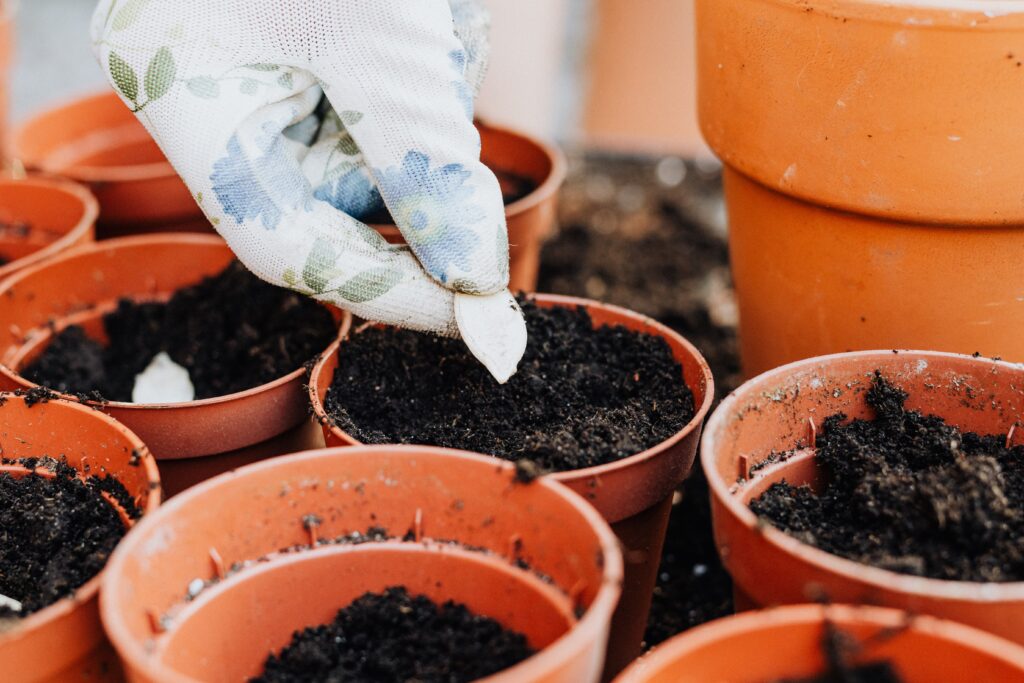
Gardening is a great way to save money. You can grow your own vegetables and fruits for meals, or you can even sell them to make extra cash. But where many people go wrong is that they do not choose the right kinds of produce to give them enough yield for their money. Plus, there is an initial outlay on packets of seeds, pots and compost, if you do not make your own.
Yet, growing your own produce can save you money when done right. Not only that, there are other ways to save money by gardening too. Here’s some top tips to help you fill your belly, and save money.
1. Make your own Compost
If you have a corner of your garden where you can make your own compost, you will save money on buying bags of it from the garden centre. Homemade compost is great for planting seeds, as well as adding nutrients to your soil. Plus, you are lessening your household waste.
Another way that making your own compost will save you money is if your local council charge for green waste collection. Why get you ‘green bins’ collected at a price, when you can compost it yourself for free and reap the benefits? This alone may save you around £50!
You don’t need fancy compost bins to make your own compost. A simple three-sided pallet structure will do. Or, you may find people offering old, but usable, compost bins for free on marketplace sites.
Want to know more about composting at home? Here’s an in-depth guide to making compost!
2. Efficient use of Planting Space
Some vegetables can be planted early in the year, such as carrots, beetroot and cauliflower, and are then harvested by mid-summer. Other crops can be planted in summer, such as radish, lettuce, spring onions and turnips, that will give you another bounty of food from the same ground.
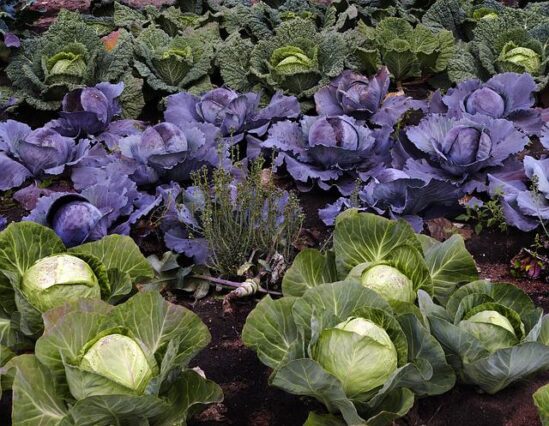
Planning your crops and maximising the use of space allows you to get more from your vegetable garden all year round. See our fruit and vegetable growing guides to learn what to sow and when.
3. Choose Seeds over Plants
It may sound obvious, but a packet of seeds is much cheaper than buying established plants. A sprinkle of tomato, chilli pepper, or herb seeds in a tray will give you more seedlings than you need for a bountiful harvest. You may also find you can save half a packet of seed for the following year, depending on your needs.
If you are friends with other gardeners, you may like to swap seeds, giving you even more variety in your fruit and veg garden.
4. Grow Herbs and Spices
Plant herbs and spices in pots on your balcony or patio. You can also plant basil and oregano in containers that you can move indoors during winter months if necessary. These herbs will add flavour to any meal and help you save on buying seasonings from stores.
5. Choose High Yield Crops
By choosing crops that produce a high yield, you’ll get more food for your table. Good examples include strawberries, tomatoes, courgette, carrots, runner beans and cucumber. This can save you a significant amount on your weekly food bill at a supermarket.
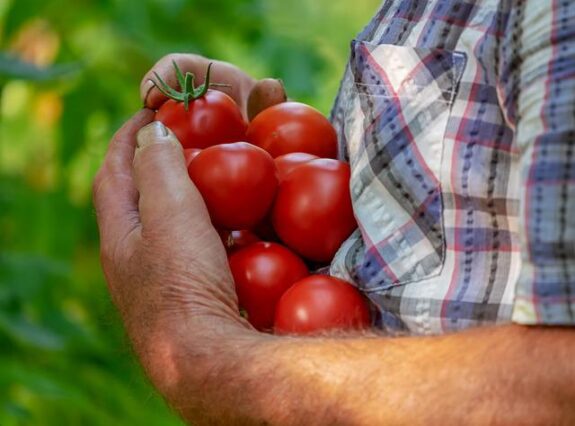
Similarly, fast growing plants, such as lettuce, allows you to stagger your sowing so you get a consistent crop. This means you can use what you need, and avoid a glut.
6. Learn about Food Preservation
Learn how to preserve food for later use, instead of throwing out food that goes bad before we get around to using it all up. This will save money on groceries as well as reduce waste! Here’s how to make homemade chutney to use up any glut of homegrown veggies.
7. Reuse and Recycle
Let’s talk plant pots. You don’t need to buy new plant pots, you can use any containers provided they have drainage holes in bottom.
The centre of toilet rolls or egg boxes are ideal for sowing seeds and starting off plants, and they are also biodegradable.
Old pots and pans from the kitchen make interesting plant pots, as does old buckets and watering cans. All you need to do is drill a few holes in the base. You could even make your own planters using old pallet wood. You will also often see plant pots given away for free on marketplace sites, or left outside houses ready for people to collect (ask first!).
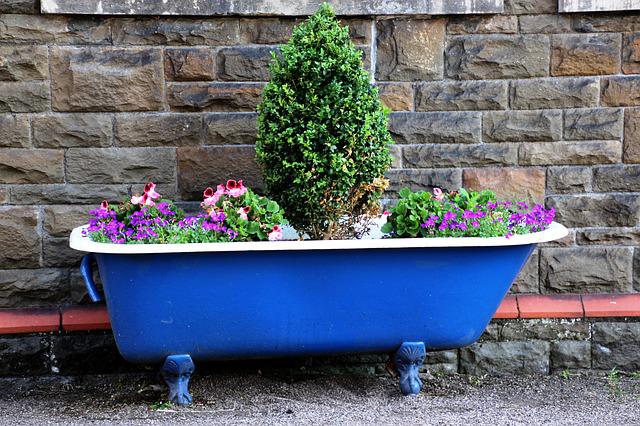
Use old clothing as mulch for plants. Old clothes are usually thrown away, so why not use them as mulch instead? Old t-shirts make good ground cover for smaller plants like tomatoes and strawberries. Just cut up old clothes into small pieces and lay them over the soil around plants you’re growing in pots or raised beds outdoors, or place them directly on top of soil when planting seeds indoors in pots or seed trays.
8. Save Water
Grey water, which has been used in a bath for example, is perfectly fine to use now and then on your garden as long as there’s not too many soapy products in it. If your bath is upstairs, you could easily siphon it out of a window using a hose pipe and water your garden with it. This will help you reduce the amount of fresh water you use, and save money on your water bill.
Water-butts are a gardener’s friend, and there’s nothing better than rainwater for your plants. Set up a water-butt or two to collect rain from your gutters, and you will have a good supply of free water for your plants. Water-butts can often be found second-hand for a minimal outlay, or are sometimes given away for free. If space is an issue, slimline water-butts can be purchased cheaply from garden or online suppliers.
9. Save Energy
Did you know that trees and shrubs around you home can save you money on your energy bill? A study done by the Royal Horticultural Society found that plants and fencing can shelter you home, reducing wind-chill and helping to keep it insulated.
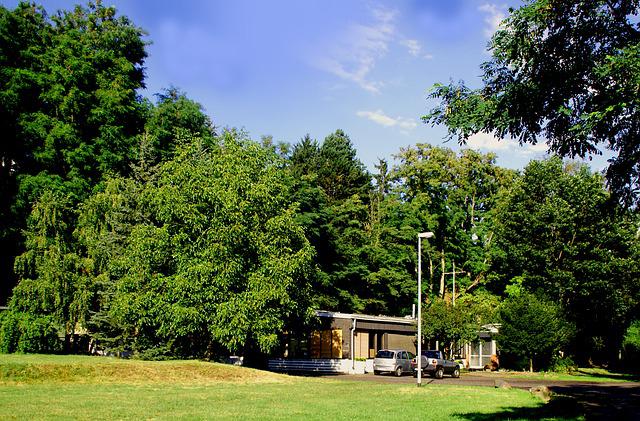
Trees and shrubs are a great way to save money on your energy bill. They provide shade in the summer and block wind in the winter. You can save even more money by planting native species that are well suited to your area’s climate conditions. Native plants require less water and fertiliser than non-native ones do, so they’re good choices if you don’t have much time or money for gardening.
If your home is in a spot that is exposed to wind, get planting!
10. Natural Pest Control
Bugs and pests happen. You will always share a portion of your crops with creatures, but you can minimise the damage if you are on a budget by using natural pest control methods. For example, a spray of soapy water will significantly reduce aphids on your plants and not harm the surrounding ecosystem. Here’s an in-depth post on natural pest control.
Save Money by Gardening – The Bottom Line
Gardening is a great way to save money and get fresh, healthy food. It’s also one of the most environmentally friendly ways to grow your own veggies, so you can feel good about your gardening practices as well.
In addition to being a past-time that keeps you fit and healthy, when done right it is easy to save money by gardening. If you have any extra tips on how to save money gardening, please add in the comments.
